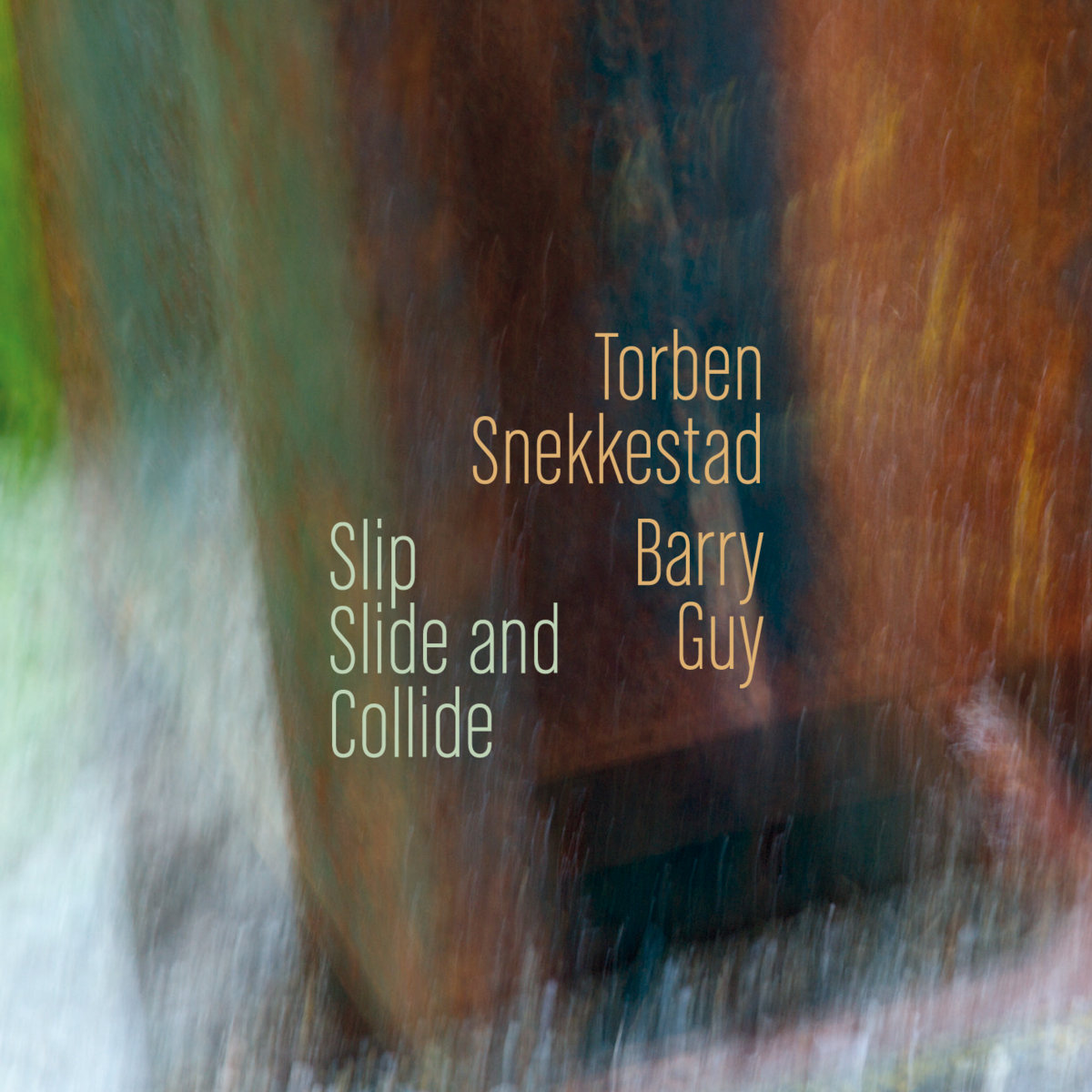Slip Slide and Collide

MCD1401
CD
€ 20.00
buy CD
by Torben Snekkestad, Barry Guy
Torben Snekkestad – saxophones, reed-trumpet
Barry Guy – double bass
This latest release on Maya Recordings documents a new
duo collaboration of Barry Guy together with the exceptional
Norwegian saxophonist Torben Snekkestad.
At convergent boundaries, tectonic plates collide with each other, sometimes slowly, other times giving way suddenly with huge energy being expended. The various plates that encompass this planet either get subducted by being bent and pulled under the crust, or they collide and fold the rock at the boundary creating mountains. Whatever way the plates move, there is an end result only for a moment as the forces adjust.
There are indeed certain moments when the individual contributions by the two players are modified by collision - and sonic adjustments are made when one voice slips and slides around the other. This all happens in the blink of an eye compared to the millions of years that the earth adjusts its crust.
We chose the title “Slip Slide and Collide” as a playful affiliation, but nevertheless there is indeed a special moment when two powerful players negotiate their musical boundaries and present us with islands of creativity and resolution.
from the liner notes by Maya Homburger